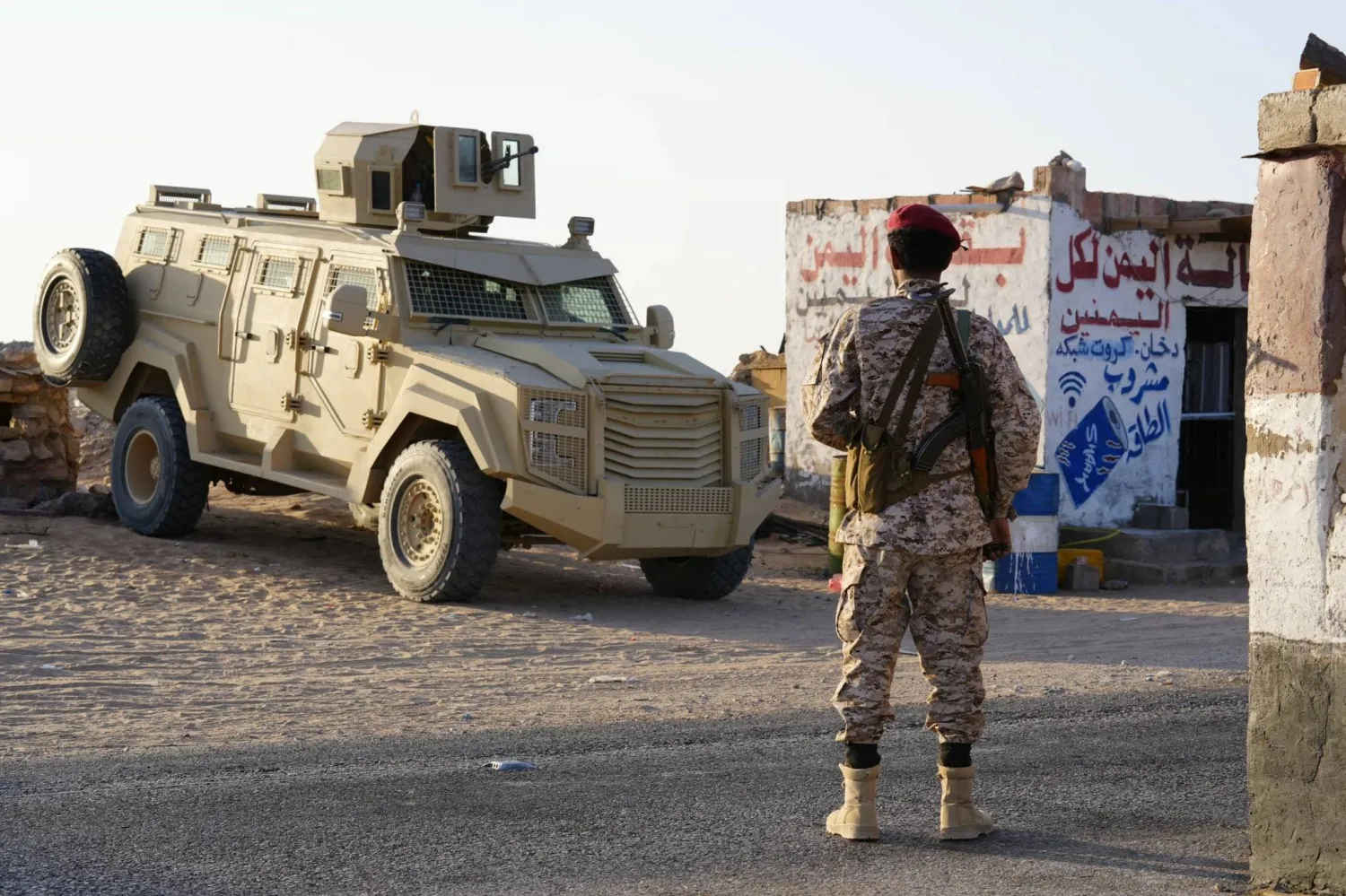The Turkish army and its loyal factions continue displacing the remaining residents in areas that fall under their control in northeastern Syria as part of the “demographic change” policy, a human right observatory announced.
The Syrian Observatory for Human Rights (SOHR) said Turkish forces and their proxies are moving forward with their systematic approach implemented in Afrin and other areas under their Operation Peace Spring.
It said this comes in light of the demographic change they seek to bring about in areas that were controlled by the Syrian Democratic Forces (SDF).
Families from eastern Ghouta and other Syrian areas are being housed in several areas in Raqqa and Hasakah, which have been captured recently by Turkish forces and proxies, replacing the civilians who were forced to displace.
Abductions and arbitrary arrests still continue targeting residents, both Kurds and Arabs, in areas under control of Operations “Peace Spring” and “Olive Branch” factions, it stressed.
In Tal Abyad, just one of the many examples, Turkish-backed factions continue their arbitrary practices, although the city is inhabited mostly by Arabs, it added.
The SOHR stated that military groups affiliated to the pro-Turkish factions raided Saturday homes of displaced civilians in Meydanki area in Afrin countryside.
It noted that the area experiencing abuses by the new residents against the property of Kurdish indigenous people, including allowing cattle to graze agricultural land, causing significant damage to crops.
Meanwhile, the Turkish Defense Ministry announced killing at least 20 members of the Kurdish People’s Protection Units (YPG) in northern Syria, near Turkey’s southern border.
“The terror group’s attempt to infiltrate the Operation Peace Spring de-escalation zone to disrupt peace and security was prevented by our heroic commandos. Twenty YPG/PKK terrorists were neutralized in a successful operation before they could achieve their aims,” the ministry said on Twitter.
On October 9, Ankara launched the Operation Peace Spring against YPG members from the area east of the Euphrates River in northern Syria to ensure the safe return of Syrian refugees.
Turkey and its loyal forces seized a 30 km region deep in the Syrian territories during an operation that was halted eight days later.
This happened as Ankara agreed with the US and Russia on Oct. 17 and 22 on the withdrawal of its forces from the Syrian border and the withdrawal of Kurdish units as well from the Operation Peace spring zone.









